Key takeaways
- 3PL vs 4PL: refer to 3rd and 4th party logistics, respectively.
- These logistical models involve handing off logistic operations (packaging, shipping, storage, etc) to external parties.
- 4PL is the next “step up” from 3PL and involves handing over almost the entirety of supply chain control.
- 4PL providers act more as coordinators and usually don’t own any of their equipment.
- As a rule of thumb, 3PL is best when experiencing sudden rapid growth, and 4PL is best when approaching enterprise level.
- While 4PL is more expensive than 3PL and involves giving up a lot of control, the service is much more comprehensive.
- Sometimes, it’s better to keep things in-house, and business software offers a solution to achieve this.
These days, it’s rare for businesses to operate entirely independently. Even retailers that operate primarily online need to coordinate with payment processing companies, shipping carriers, suppliers, and so on. These vital tasks are expensive, time-consuming, and require specialized equipment, training, and personnel.
This is why so many businesses outsource these tasks and instead focus on their core operations. A manufacturer, for example, may outsource shipping and logistics to focus on its manufacturing process. That’s part of why we’re seeing a growing demand for 3PL logistics (third-party logistics) and 4PL logistics (fourth-party logistics) companies.
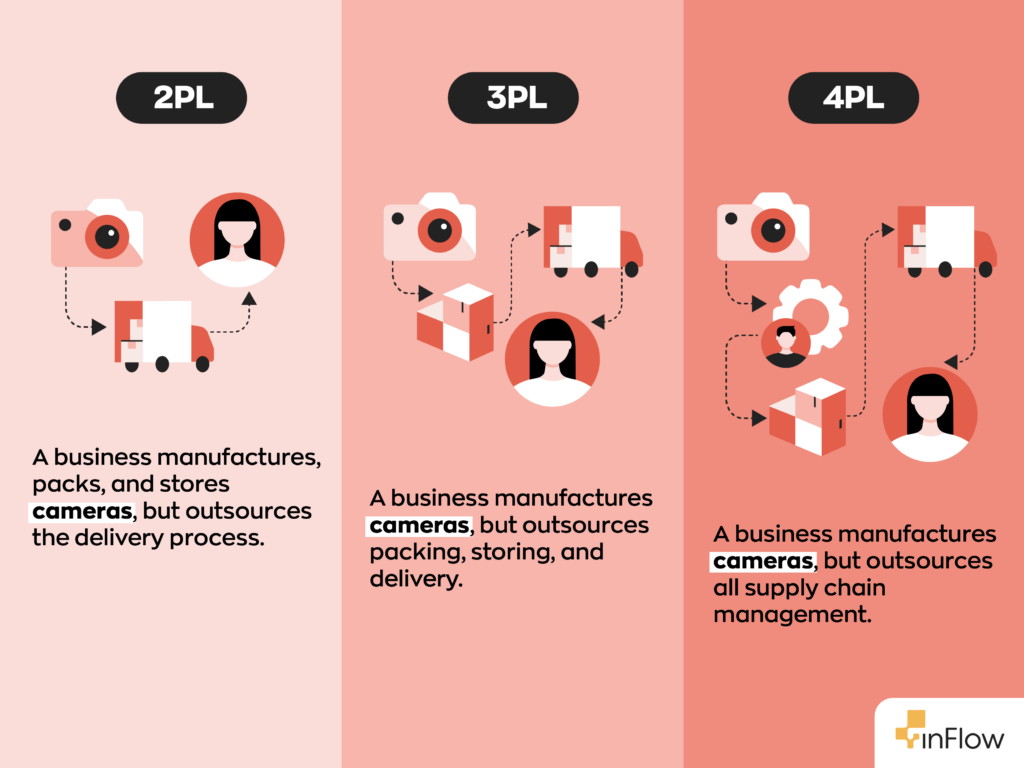
Today, we’ll be discussing both 3PLs and 4PLs. As a business owner, how do you decide between 3PL vs 4PL? What are the benefits of each, and what are the major differences between the two?
What is 3PL?
We’ve talked about 3PLs in depth here before, but here’s a quick refresher. In business, “logistics” refers to how a company handles and allocates resources. Translated, it relates to how they package, ship, source, and store their products. A third-party logistics provider aims to take care of these things for a business. In short, 3PL providers handle order fulfillment.
For example, an ecommerce shop may use a 3PL company to store their products in warehouses. When they receive an order online, the 3PL is in charge of picking, packing, and shipping the product to the customer on behalf of the ecommerce shop.
What about 4PL?
Unsurprisingly, there are quite a few similarities between 4PL vs 3PL. However, they differ in two significant areas: scope and scale. You can think of 4PLs as being one step up from 3PL. Instead of handling just a few things, a 4PL provider coordinates practically the entire supply chain.
For example, a 3PL may only handle warehousing, picking, packing, and shipping orders. On the other hand, a 4PL company would do that, as well as handle supplier relationships, last-mile logistics, and coordinate between various separate 3PL companies.
Another important distinction is that 4PL providers generally don’t own their own assets. This differs from 3PL providers, who usually own everything (vehicles, forklifts, etc.). 4PLs act more as coordinators across the supply chain.
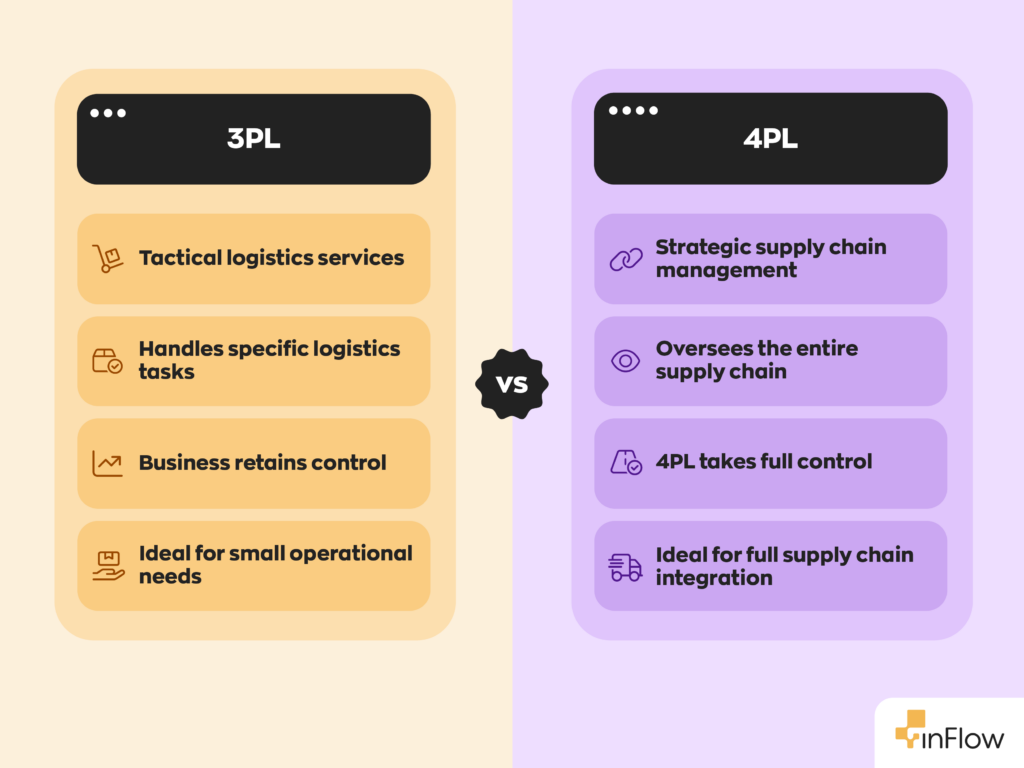
Why use 4PL? Or 3PL?
Different parts of business operations require different skill sets, which means you’ll need to hire new staff. For example, a mechanical engineer would likely make a terrible inventory manager. They’re good at designing and building things, not managing a busy warehouse.
Not only will you need to hire new staff, but you’ll also need to consider warehousing space and assets such as forklifts, pallet movers, and wrapping machines. For many small businesses, it’s simply easier to use a 3PL or 4PL that already has the infrastructure to handle these tasks.
Generally, small to medium-sized businesses can manage fine using a single 3PL. On the other hand, more extensive operations may consider 4PL logistics. This is especially true if you have to coordinate between multiple 3PL companies for your fulfillment. Fostering these relationships can sometimes be difficult, especially as your business grows. A 4PL logistics company will manage these relationships on your behalf, eliminating headaches down the road.
What are the benefits of 4PL logistics?
The biggest advantage of using 4PL vs 3PL is that it offers a more comprehensive end-to-end solution. In general, there are quite a few advantages to consolidating as many business operations into a single place as possible.
This is a large part of why integrations in business software are so important. After all, manually migrating data between platforms is a massive waste of time. Because 4PL companies handle so much of the supply chain, they have a much easier time comprehending information and coordinating efforts based on that information.
Another often overlooked benefit of working with a 4PL provider is that they provide you with a network of suppliers. Because they work with such a broad range of vendors, they can help you find better prices.
The bottom line is that it’s often easier for businesses to outsource some of their work, especially at the beginning of their lifespan. Initially, you should focus on building your business at its core and let the professionals handle the logistics. Once you start to see some success, consider investing the time and money into bringing more of your operation in-house, ultimately improving your gross profit margin.
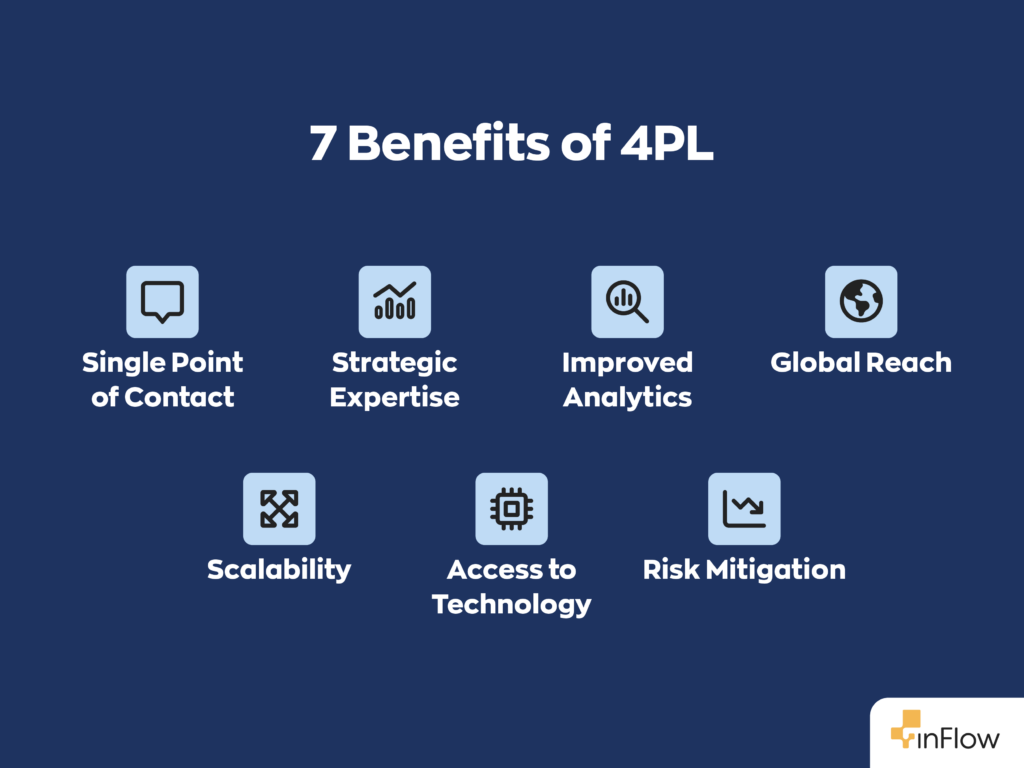
Downsides of 4PL vs 3PL
Of course, despite all the benefits a 4PL offers, it has downsides. The biggest downside of 4PL vs 3PL is cost.
While using a 4PL logistics provider may be cheaper than handling everything in-house, it’s still more expensive than 3PL services. It’s often worth the price, but it can be prohibitive nonetheless.
Another downside is the lack of control. There’s no two ways about it: using a 4PL logistics provider means giving up a lot of control. They control where your product goes, whose hands it goes through, and how it ends up at its destination. That’s a lot of control to give up, and it certainly takes a lot of faith to surrender that control to an outsider.
This also means that switching 4PL providers can be daunting. Ideally, you’ll never need to switch, but sometimes, things happen. It’s best to take the time to find a quality, reliable provider.
When should you start using 3PL vs 4PL?
As a rule of thumb, it’s a good idea to start looking into a 3PL when you experience rapid growth and can no longer manage fulfillment alone. This could be due to a higher volume of orders or a lack of necessary storage space; often, it’s both. Handing off fulfillment to someone else allows you to focus on maintaining the growth you’re experiencing.
4PL, on the other hand, is a bit more tricky. Their job is effectively managing the entire supply chain, and not every business needs that. A good rule of thumb here is to look into 4PL when approaching the enterprise level. Doing so beforehand makes the cost much more relevant, and often, it’s better to have a closer connection to the supply chain.
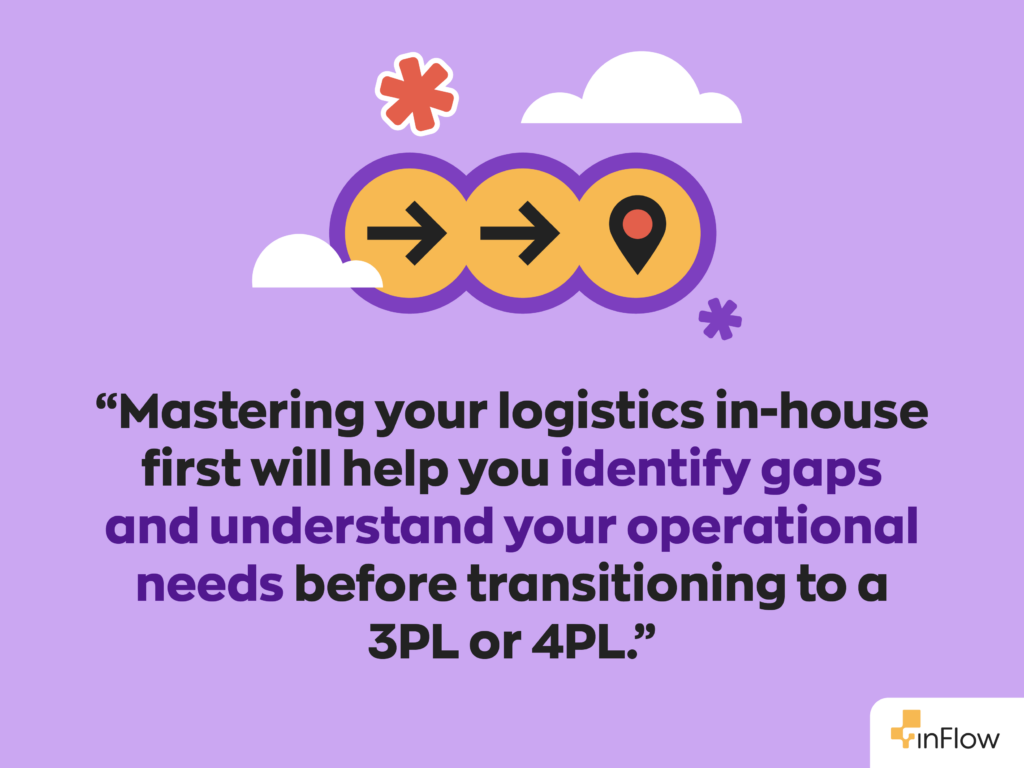
For many businesses, the downsides of 3PLs and 4PLs are too significant to overcome, so they try to keep everything in-house. Doing everything yourself may seem daunting—and it often is—but sometimes, it’s worth the trouble.
That’s where software solutions for different business areas, such as warehousing, customer relationship management, and shipping, come into play. Tools like inFlow can help you manage inventory, invoicing, and shipping in one place. With inFlow, you can manage your inventory and order fulfillment in-house for longer without resorting to a 3PL or 4PL.
Are there any other options?
Of course! There’s other “tiers”, such as 1PL, 2PL, and 5PL. First-party logistics, though, actually refers to handling everything in-house. There are no other parties involved, hence “first-party.”
Second-party logistics refers to a business that transports goods from one location to another. This differs from 3PL logistics, which handles packaging, warehousing, and shipping.
It’s perfectly possible to take different pieces of logistical models and meld them together. For example, you can use 2PL and hire a 3PL to manage them. It doesn’t offer as robust a network or solution, but it gets you most of the way there. And it’s usually much cheaper.
When deciding between 3PL vs 4PL, it’s important not to rush into things. Ideally, you’ll work with them for quite some time, so make sure you find a reliable partner.

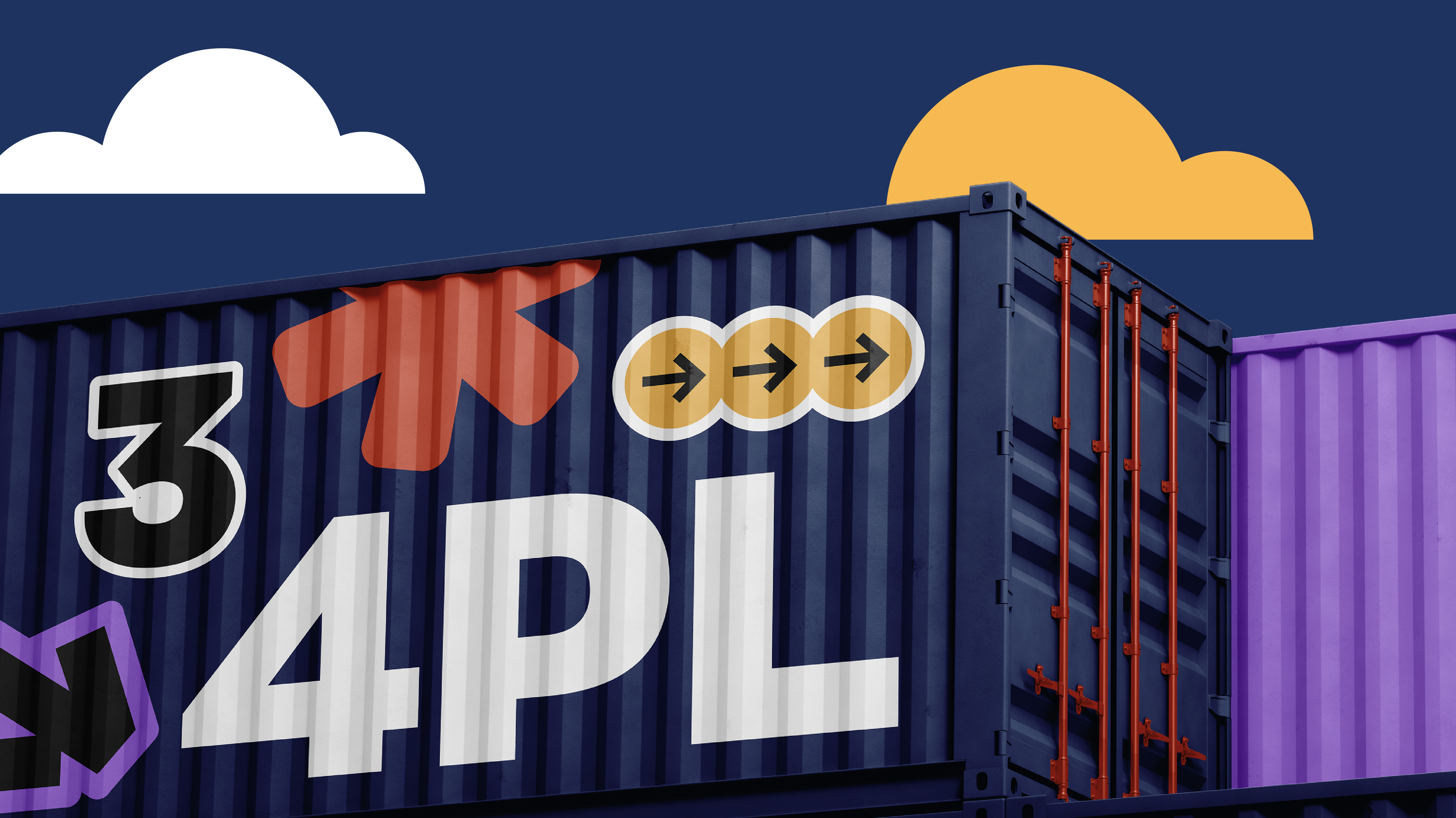
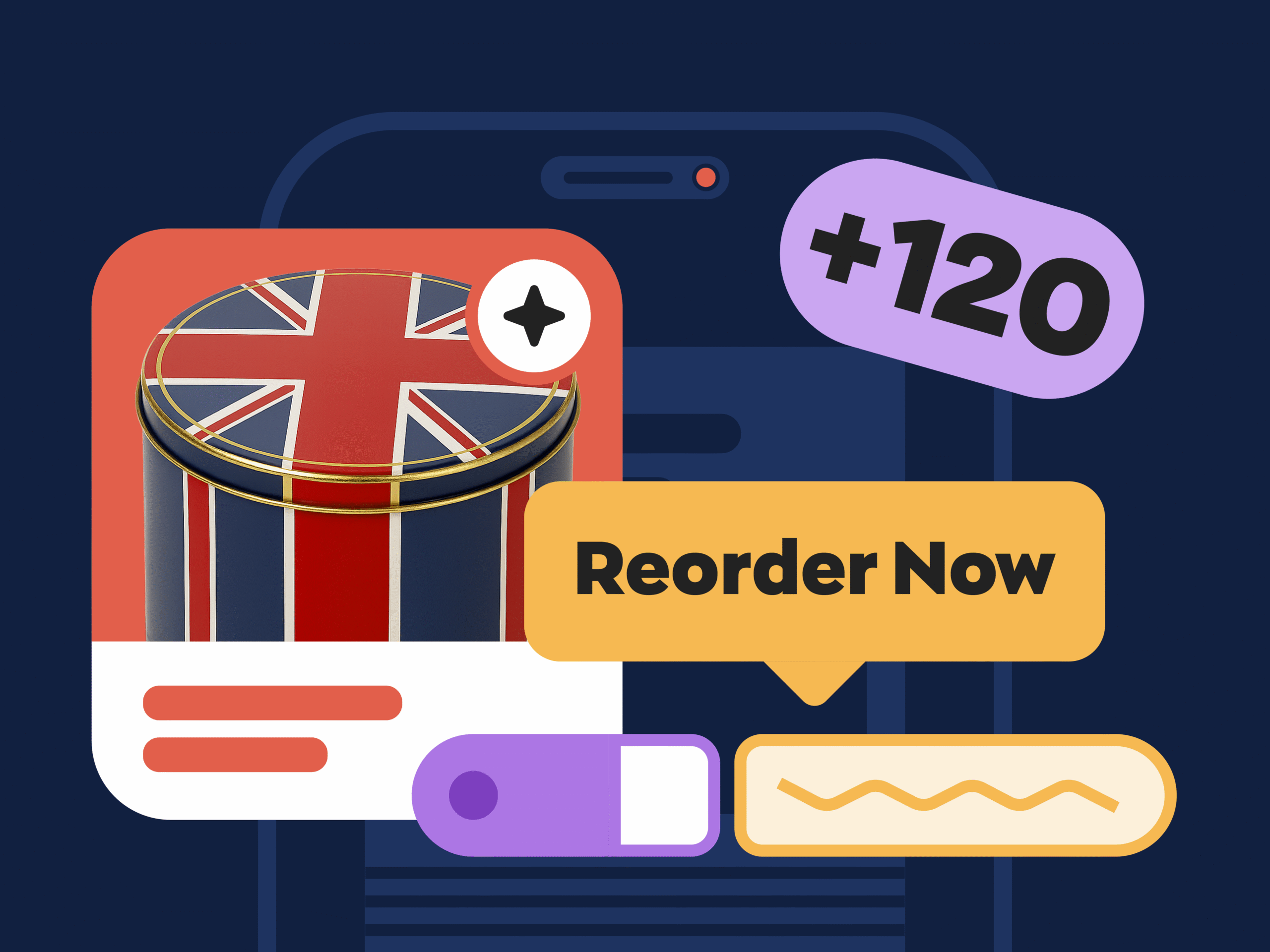

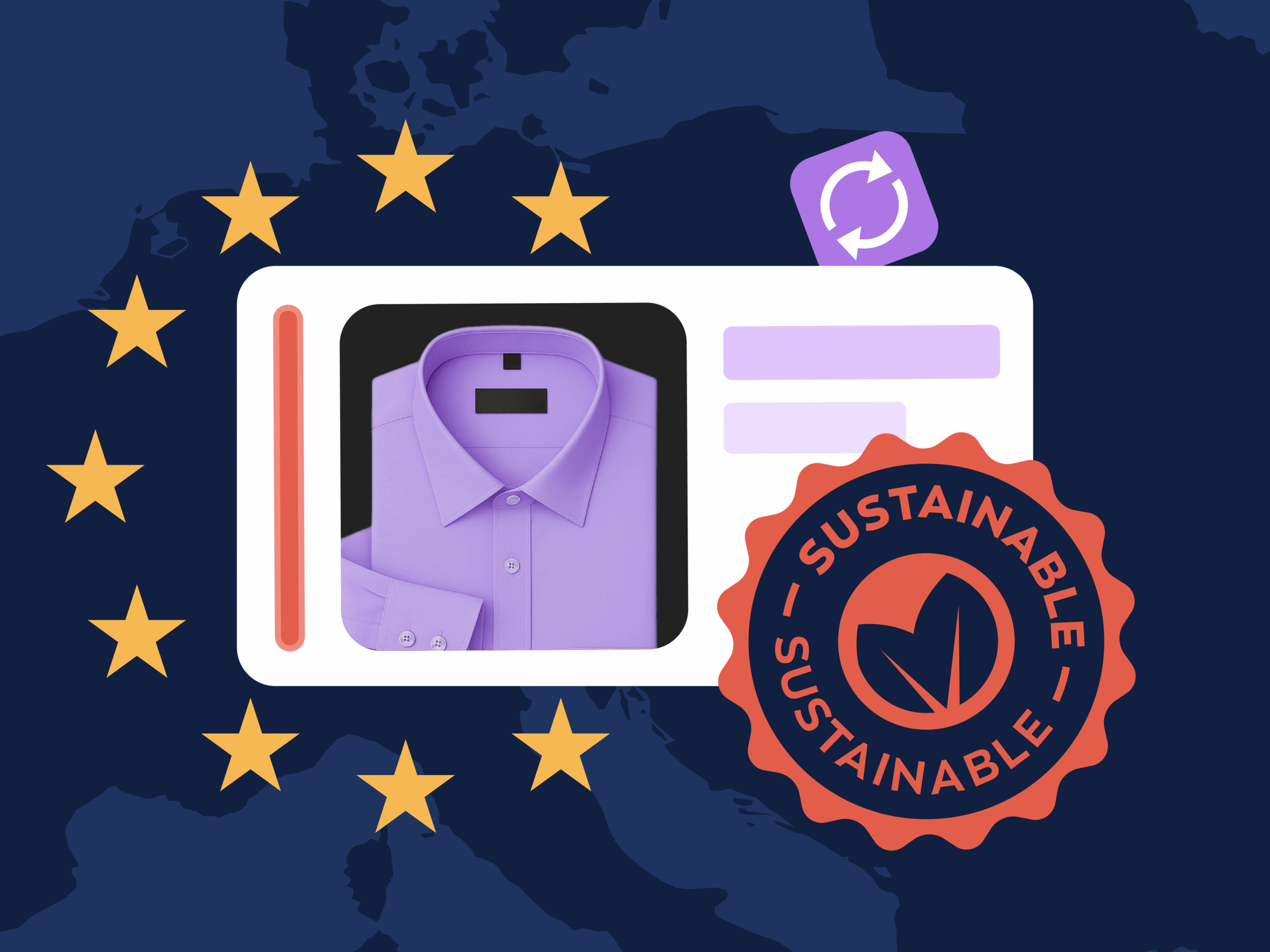
0 Comments